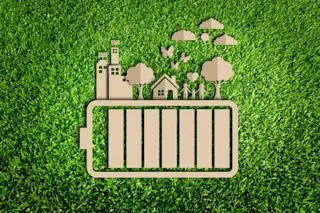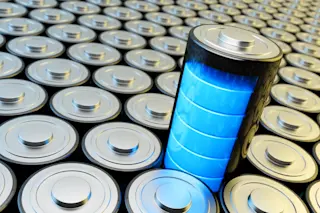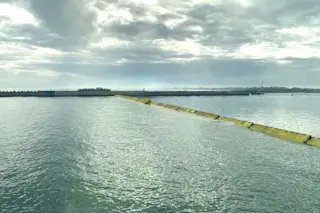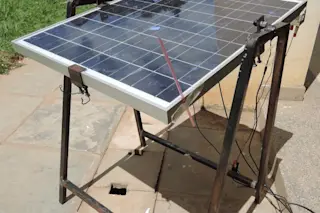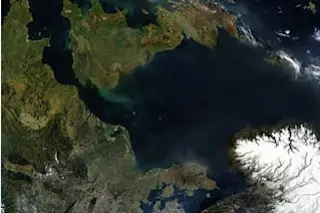Nuclear power depends on a steady supply of uranium. The good news is that we have at least a hundred years worth of uranium
. The bad news is that both demand for uranium and the price of production are rising---and a hundred years isn't all that long. To reinforce our stock of uranium, researchers have proposed a backup plan: gather it from the sea. For every billion pounds of water in the ocean, there are 3.3 pounds of uranium---we just need to figure out how to extract it. Over at IEEE Spectrum, Dave Levitan describes
an effective technique for harvesting the diluted uranium:
The best method works like this: A polymer substrate—basically, plastic—is irradiated, and then chemicals with an affinity for uranium are grafted onto it. The material is woven into 60-meter-long braids, and these are then brought out by boat to water at least 100 meters deep. The ...



